


Using LTO tapes is one of the safest ways to back up and archive your media. The shelf life for an LTO tape is upwards of 20 years, vs 3-5 years with an optical spinning disk hard drive. I have lots of experience using the deck and tapes shown above, and have personally created a library of over 50 tapes for VideoLink. This has allowed our NAS to maintain ample space for new projects and free of clutter. It's also extremely easy, and fast pulling projects back from LTO. Let me help you with your LTO needs!

Having a media asset management solution in place is extremely important for all companies today. Knowing where all your assets are, how many versions, etc., can save time and money. If you've ever spent hours, or days looking through old drives or lists of files trying to find a logo or a video, you need a media asset management solution, and I can help you! NeoFinder is a great tool for Mac users to easily catalogue entire drives, and gives you and easy to use database of all your assets. I have used this in conjunction with the LTO tape library at VideoLink to ensure I know exactly where everything is. I can easily enter any client name or project number, and within seconds I know what tape the project or file is on. Within minutes I have the asset recalled and can continue working. Once you have a solution like this in place, you'll wonder how you ever existed without it!

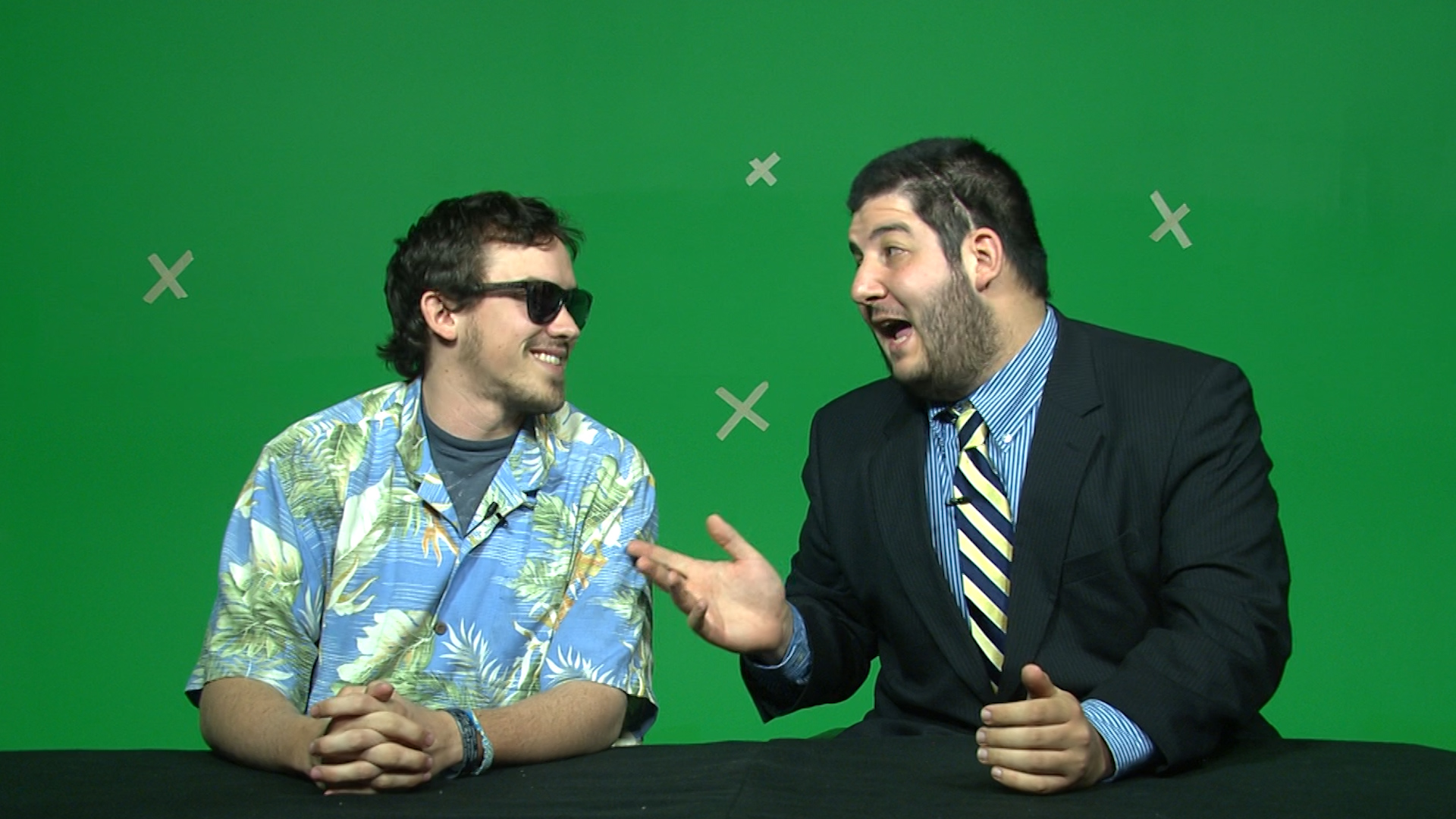
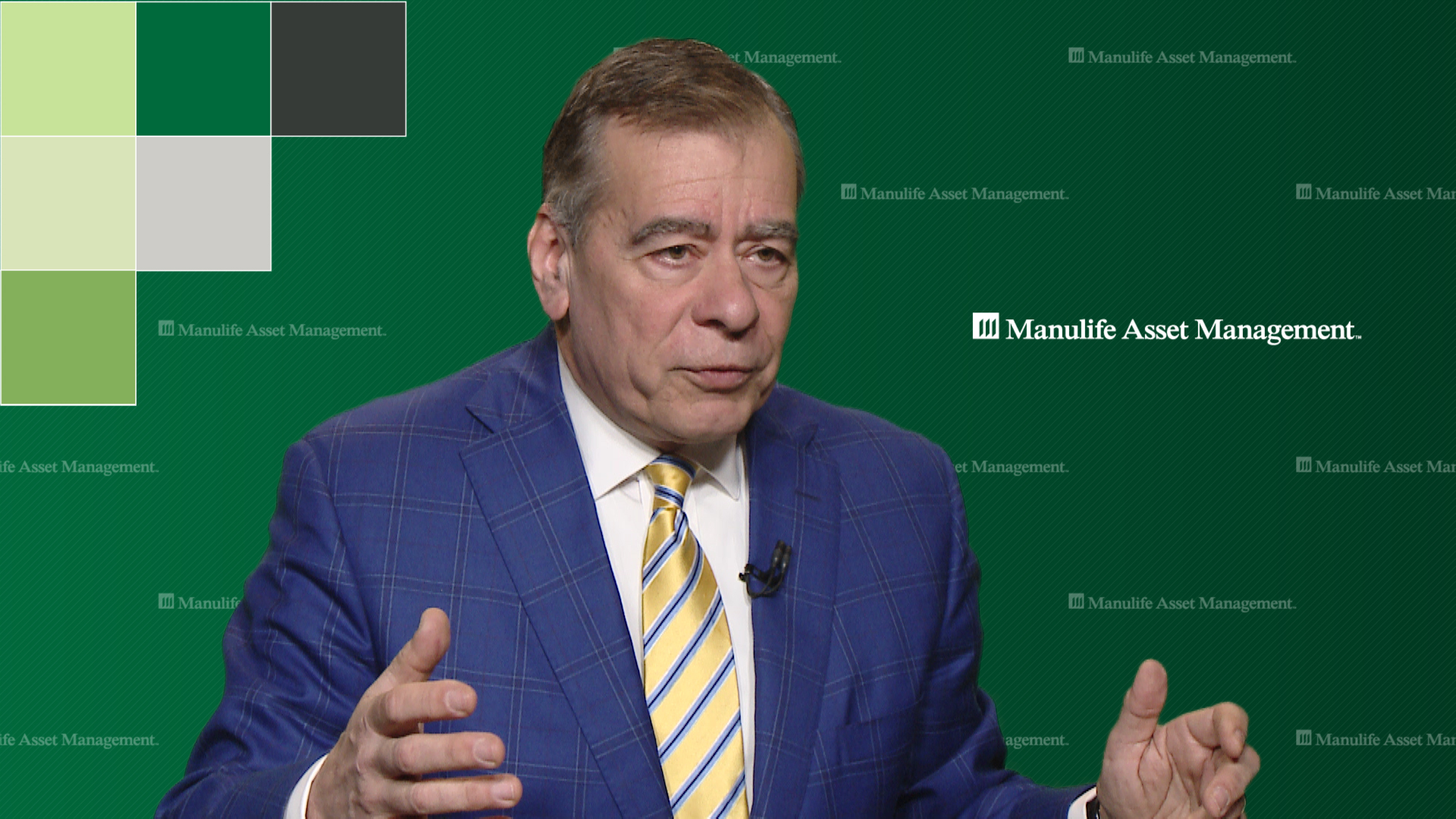
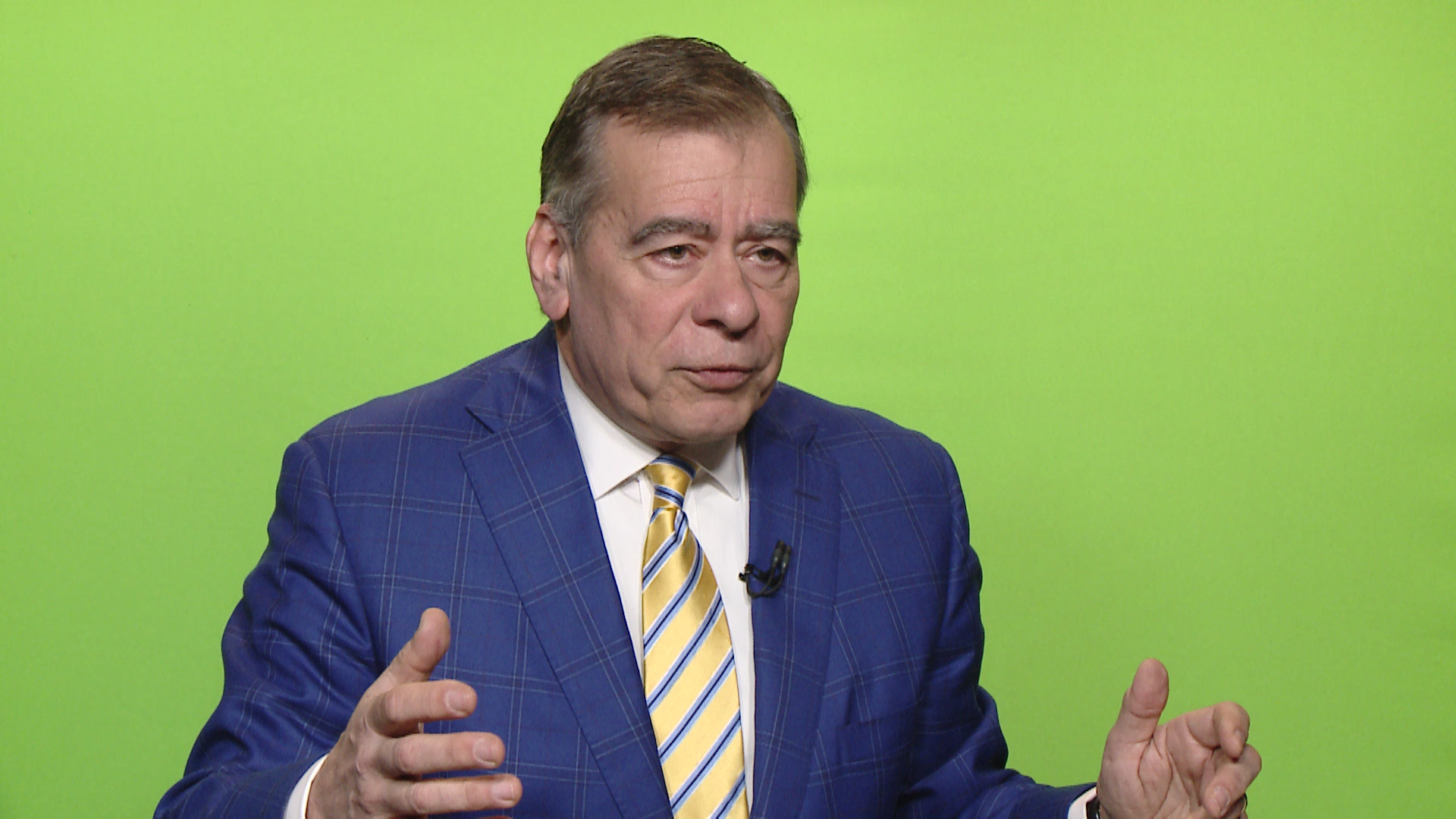
Being able to effectively light, and pull a key off a green screen is an essential tool for any editor. I have lots of experience with green screens, and reading waveforms to ensure the lighting is flat and even. After Effects and Keylight have made it increasingly easier to pull a clean key, even with less than optimal conditions. Let me help you with your green screen needs!
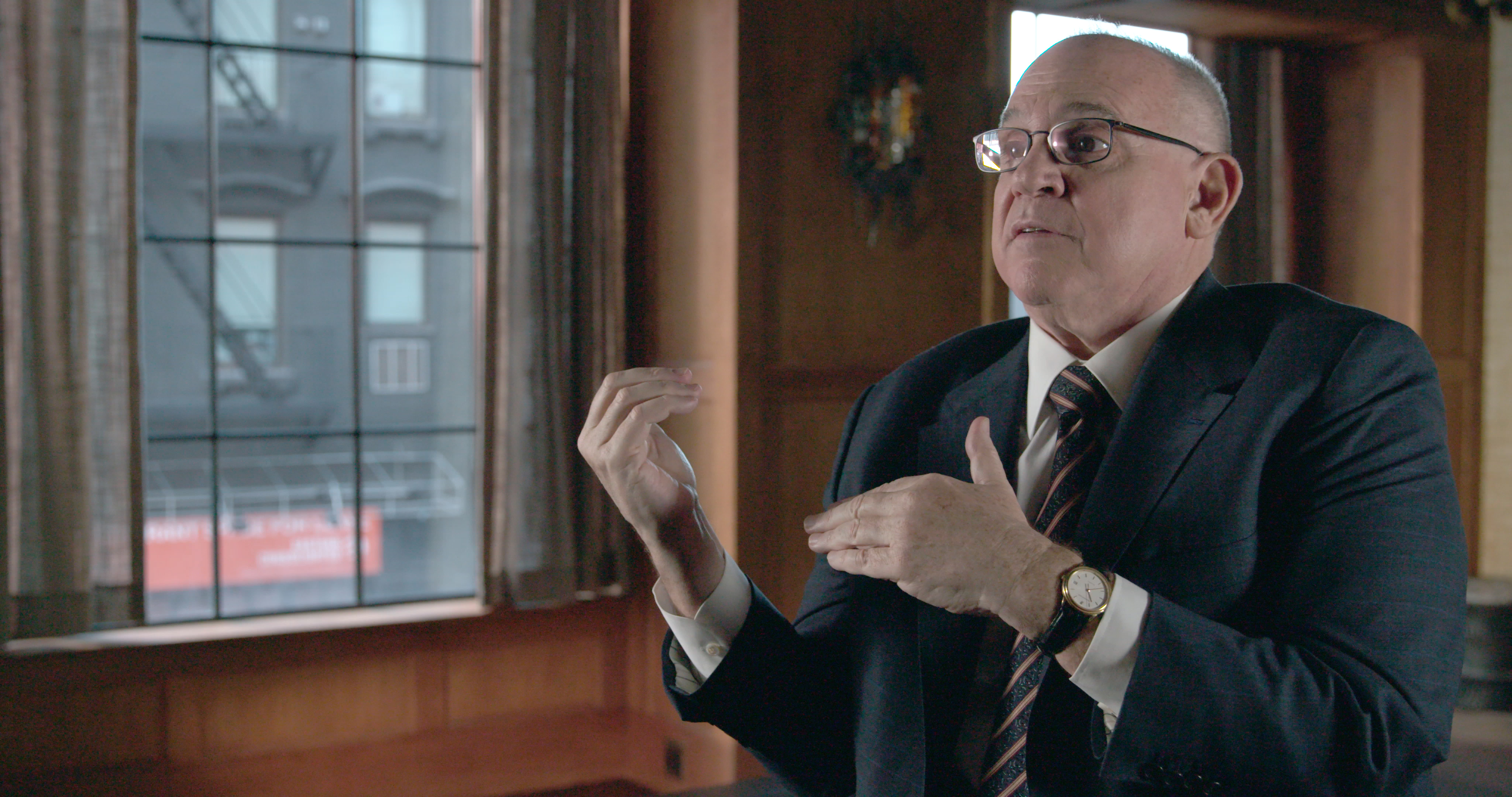
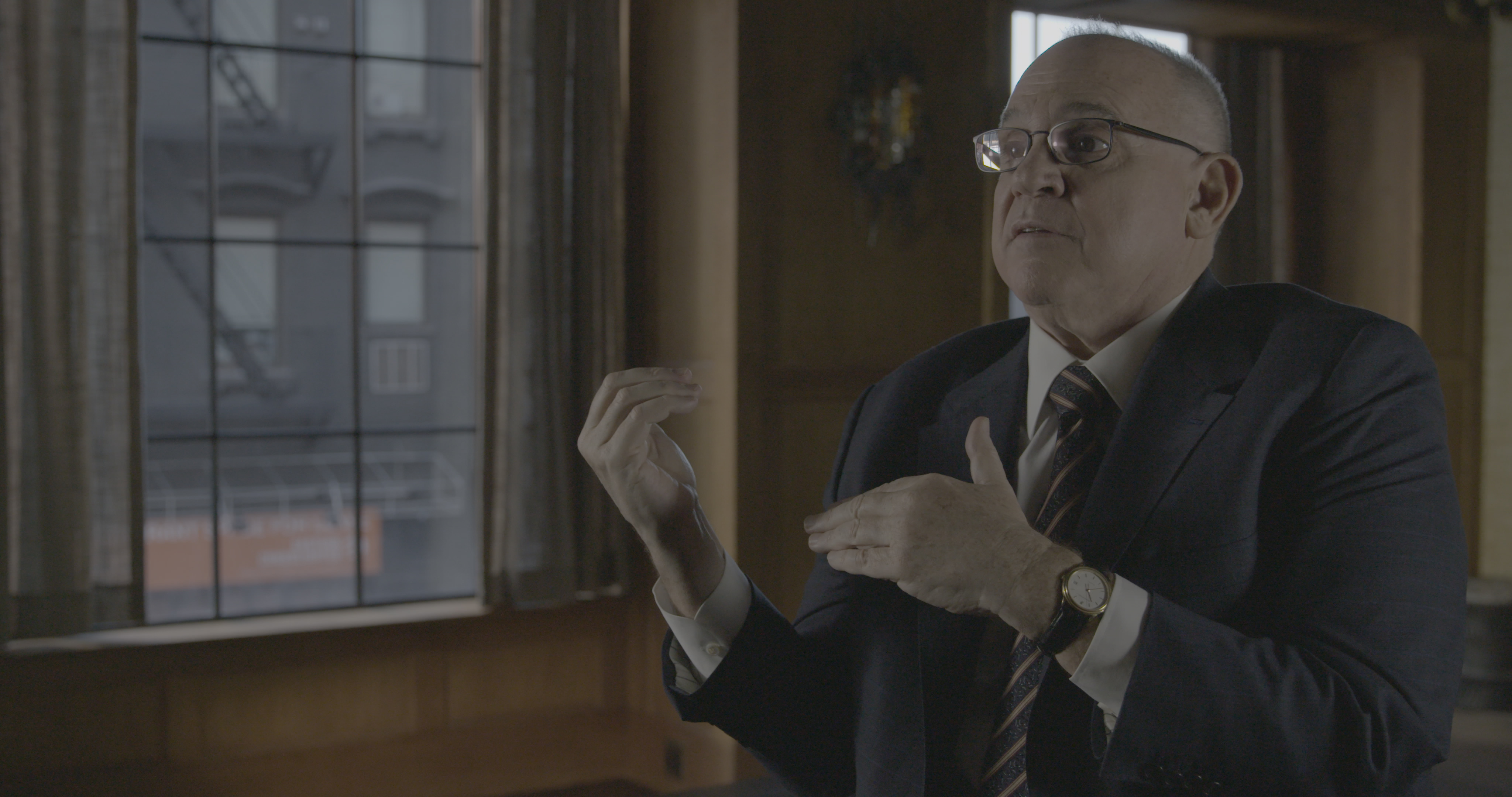
Hover mouse over pictures to slide between before (left) and after (right)
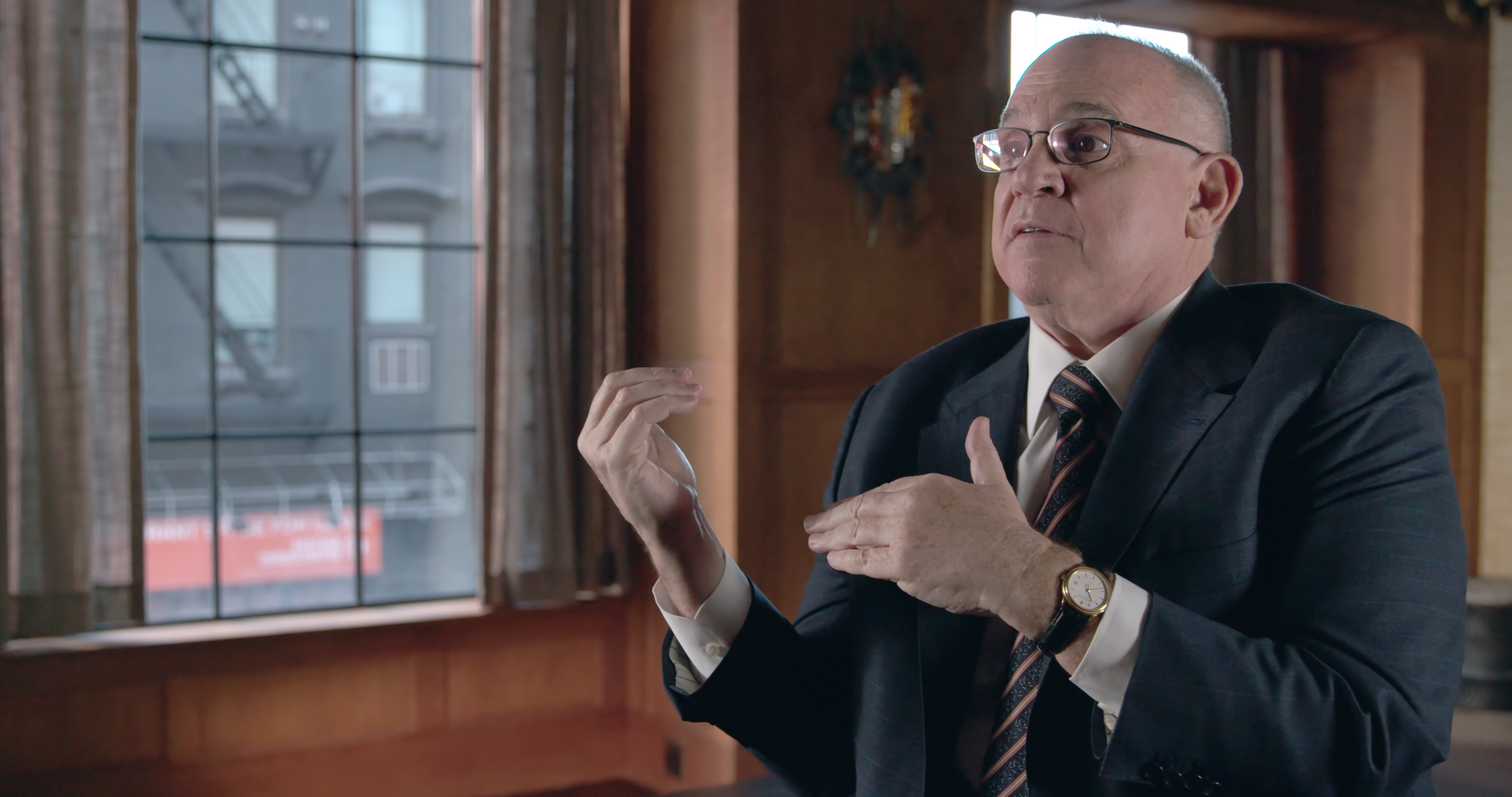

Color correction is an integral part of post production, and can also mean a couple of different things. Color correction can be transforming log or raw footage into beautiful, or in some cases, usable material (see the left picture above). It can mean tweaking colors to bring out different emotions in a scene. It can mean matching cameras for a multicam shoot. Or changing the color of the sky, or a piece of clothing, or a wall. All of these processes takes time, skill and experience to get the right result.
During this process though, grain or noise may be introduced which can seriously degrade the overall quality of the footage. Using the plug-in Neat, and the native After Effects grain removal effect, I have experience removing grain (see the right picture above) from all sorts of footage.

Getting your deliverables into the correct format and to your client can be surprisingly difficult. There are almost no standards for format, bitrate, file type, or max file size, when it comes to web video. That's why knowing what file types, codecs, bitrates, FTP options, and web delivery services are needed has become extremely important.
Sometimes just playing a file can be a nuisance. Trying to play a WMV or AVI file on a Mac? Trying to export ProRes files on a PC? Not going to happen; unless you know what you're doing. I can help you sort through the different file types, codecs, delivery specs that are needed for all your video needs.


In todays world of social video, the need for subtitles or captioning on videos has become essential. As people scroll through their feed and videos start playing without any sound, more often than not, that person will keep scrolling past the video you worked so hard on. Subtitles and captions are also inclusive for the hearing impaired, and are a FCC requirement requirement for broadcast delivery. Knowing how to add the text on screen, and how to deliver it, is something I can help you with!
